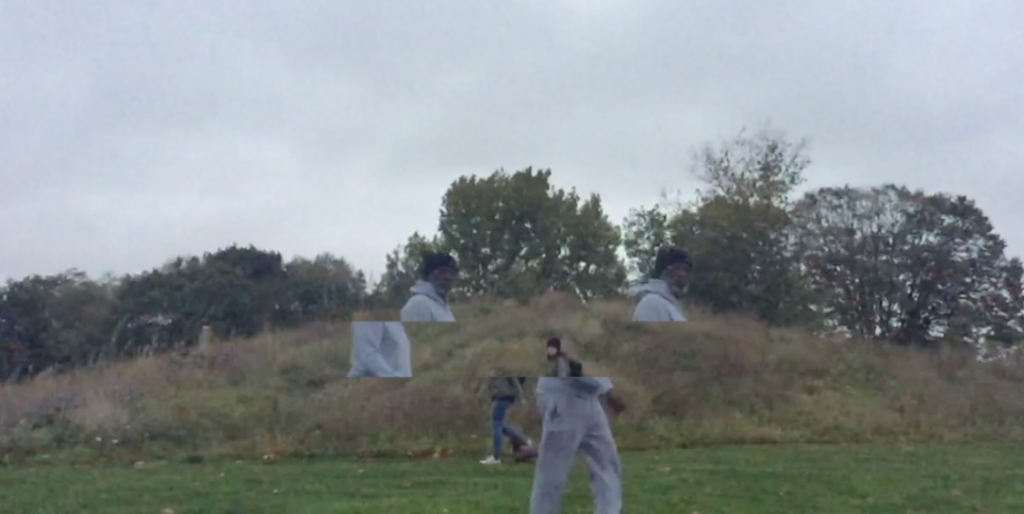


After a suggestion from my tutor, I recently visited Wade Guyton’s exhibition at The Serpentine Gallery. Having heard about him from a mention in David Joselit’s essay ‘Marking Time’ in the book ‘Painting Beyond Itself’ (1): The Medium in the Post-Medium Condition’, I was excited to see the work in the flesh. According to the press release, Guyton is interested in “the translations that take place between these tools, transforming three-dimensional space into digital information that is subsequently reproduced on surfaces and in space.” (2), something that I feel relates to my current line of work and of course to painting in general. The relationship between painting and the digital is ever more poignant, and the way that Guyton manages to manipulate consumer-grade printers to create the same kind of stored energy that a painting has is remarkable. The inconsistencies caused by technical faults, low toner levels and dirty rollers is so beautifully painterly, especially when used to reproduce webpages and iPhone adverts, images that are perfectly programmed to be pristine and unchanging. Guyton’s use of this second hand imagery as subject matter, something that he believes in strongly, seemed particularly relevant to me as its something I’m grappling with conceptually at the moment. I thought that hereally pushed the aesthetic possibilities of online imagery through enlarging it, allowing the pixels to become a hazy kind of mark making, diffusing the black and white text we’re so used to seeing on screens. There are of course other artists exploring this potential such as Dan Hayes and Emily Motto, and I myself spent a lot of time trying to push it last year in foundation. It’s something that I’d like to return to in my work soon.
I also loved the fracturing of imagery down the centre of every canvas, created perhaps for practical reasons through folding the linen canvases before inserting them into the printers. Although both halves are of the same image, quite often a pre-determined, staged one, the divide creates a real sense of fluidity and movement, a slight rift in time.
(1) Bra w, I. and Lajer-Burcharth, E. (2016) Painting Beyond Itself: The Medium in the Post-Medium Condition, Berlin: Steinberg Press.
(2) Serpentine Gallery, press Release, 2017, Author Unknown
http://www.serpentinegalleries.org/exhibitions-events/wade-guyton-das-new-yorker-atelier-abridged
